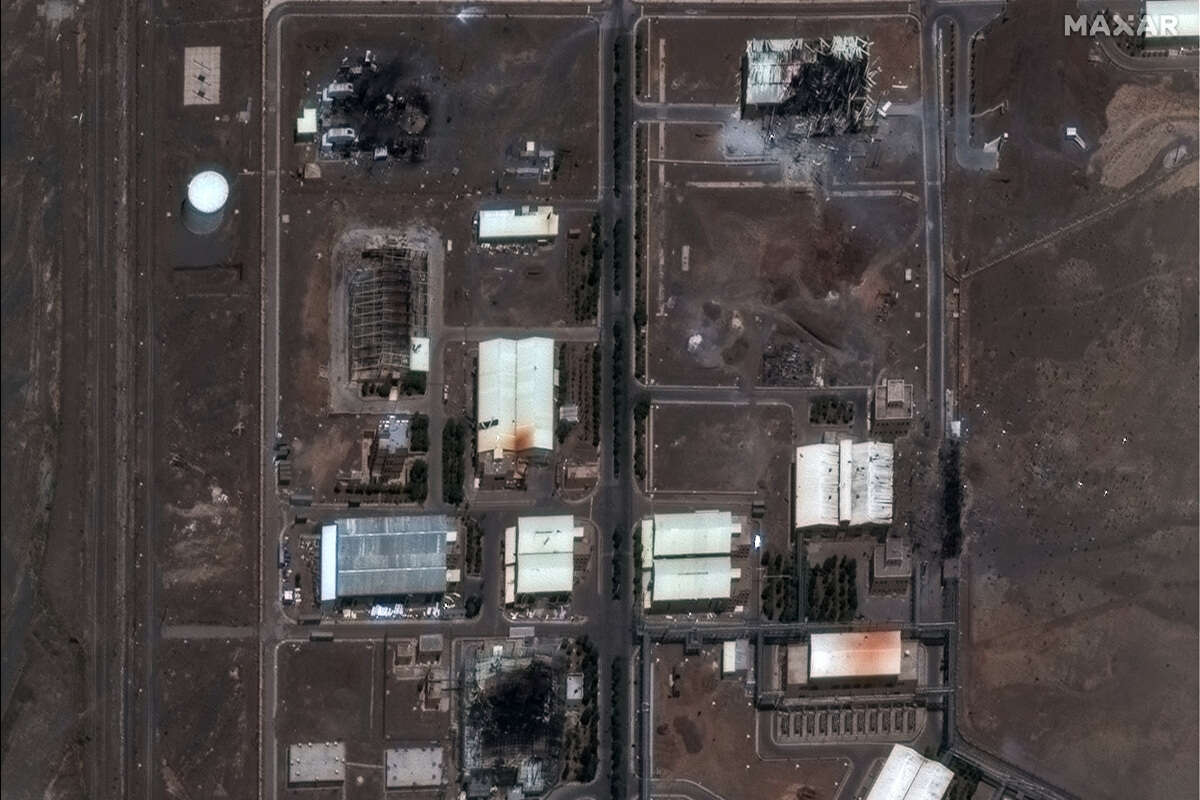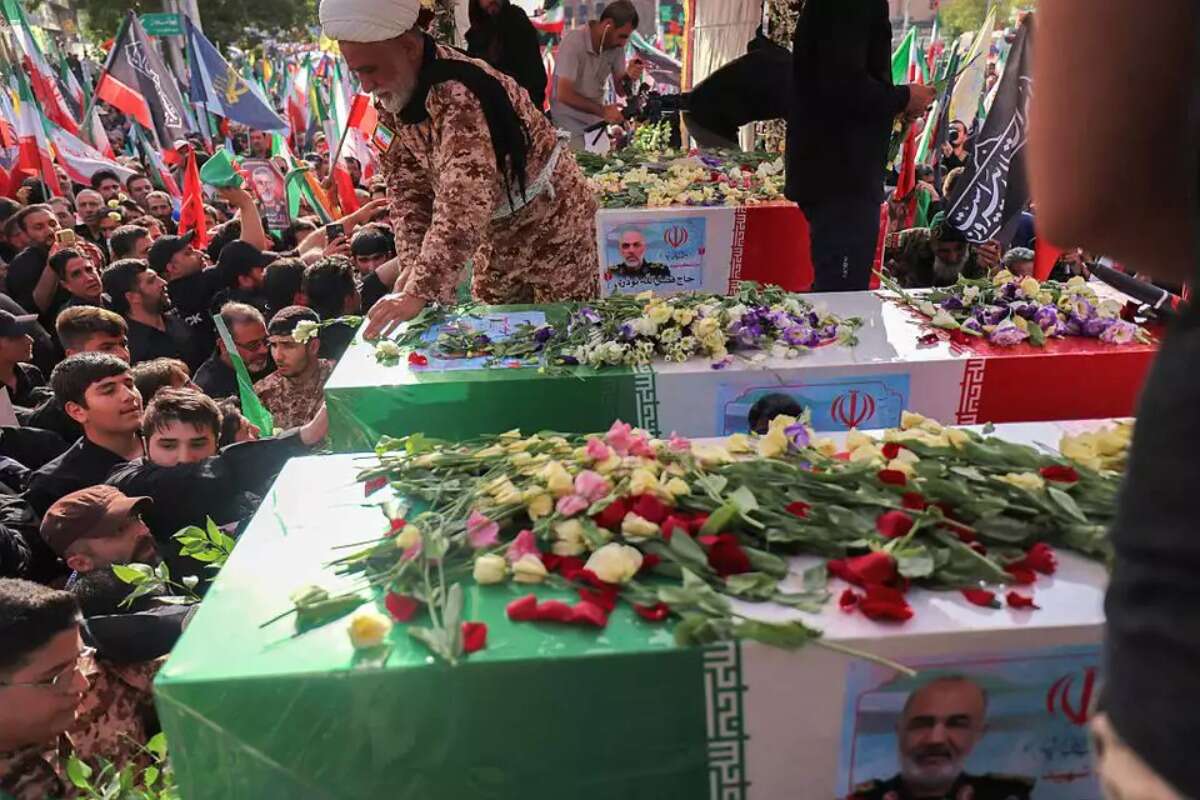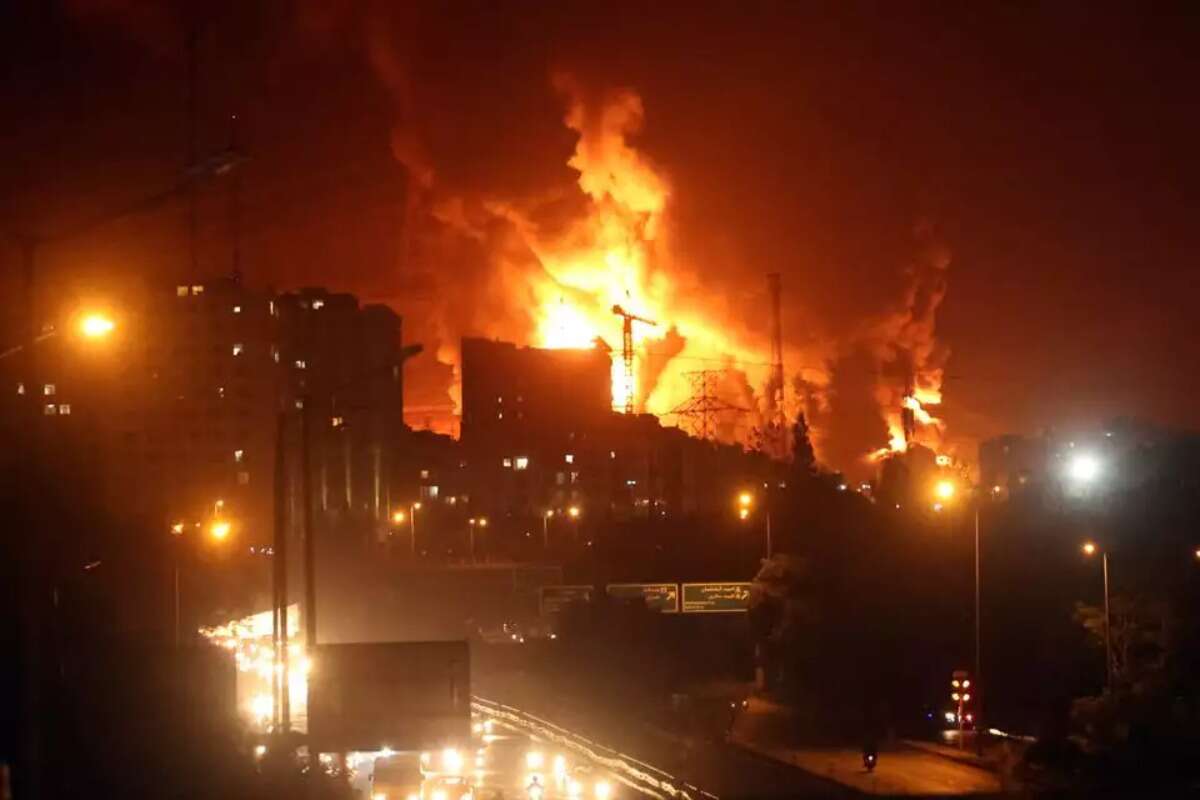According to the report, foreign commandos trained by Israel and recruited from Iran and neighboring countries were deployed across Iran to carry out the attacks. Israeli intelligence used front companies to legally ship necessary equipment into the country.
 Above ground facilities damaged in Natanz. Photo: EPA
Above ground facilities damaged in Natanz. Photo: EPA
“Israel smuggled tons of ‘metal equipment’, in reality, weapons components used by the commando teams, into Iran using unsuspecting truck drivers,” the report stated.
Following the launch of the operation, Iranian media reported that several launch sites within the country had been built by Israel.
Israeli operatives also carried out intelligence-gathering missions around the Natanz nuclear facility, including collecting soil samples to monitor uranium enrichment levels. According to the report, agents posing as European technicians and maintenance workers roamed Natanz wearing shoes with double soles designed to capture dust and soil.
Tests later confirmed that Iran-made centrifuges had enriched uranium well above the 5% level.
Sources cited by ProPublica said that smuggling materials into and out of Iran was relatively easy. “Boxes and crates were sent by sea or in trucks passing legally through border crossings,” one source said.
Target surveillance
The report also detailed long-term surveillance of 11 Iranian nuclear scientists, including daily routines and detailed maps of their homes.
“The dossiers even pinpointed the exact locations of bedrooms inside the homes. On the morning of June 13, Israeli fighter jets launched air-to-surface missiles at those coordinates, killing all 11,” the report said.
 Funeral of senior Islamic Revolutionary Guard Corps officials in Iran. Photo: AP AP
Funeral of senior Islamic Revolutionary Guard Corps officials in Iran. Photo: AP AP
Official sources emphasized that the logistics of the military operation were coordinated by the Israeli Military Intelligence Directorate and the Israeli Air Force, which reportedly struck more than 1,000 targets during the 11-day aerial campaign.
According to the Iranian government spokesperson, 1,062 Iranians were killed during the conflict, including 786 military personnel and 276 civilians.
